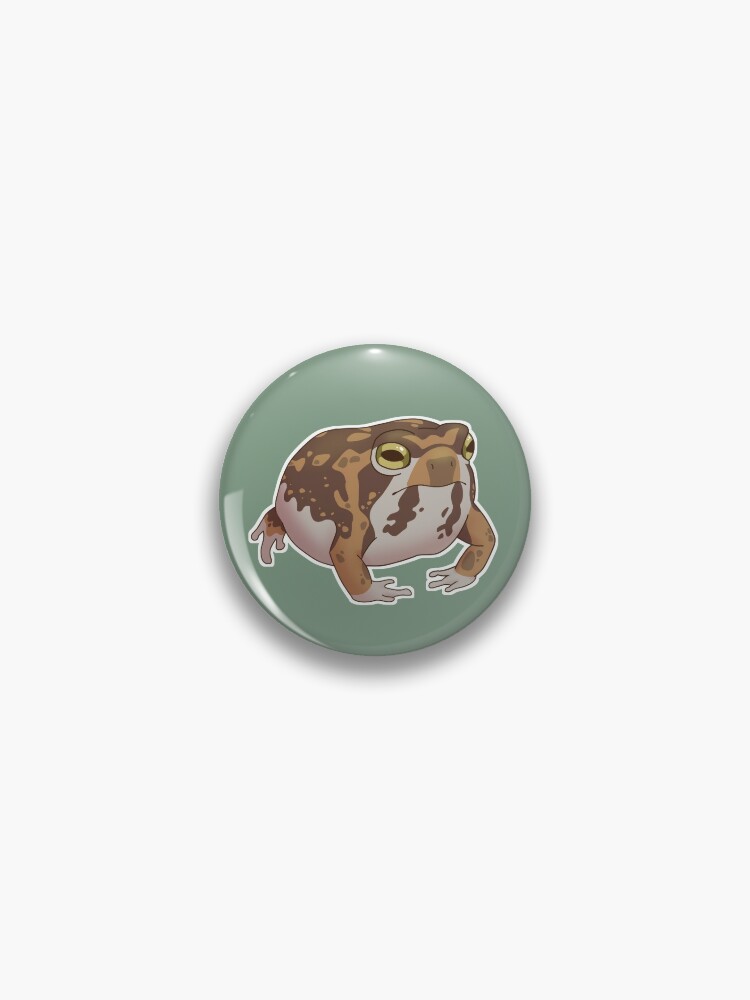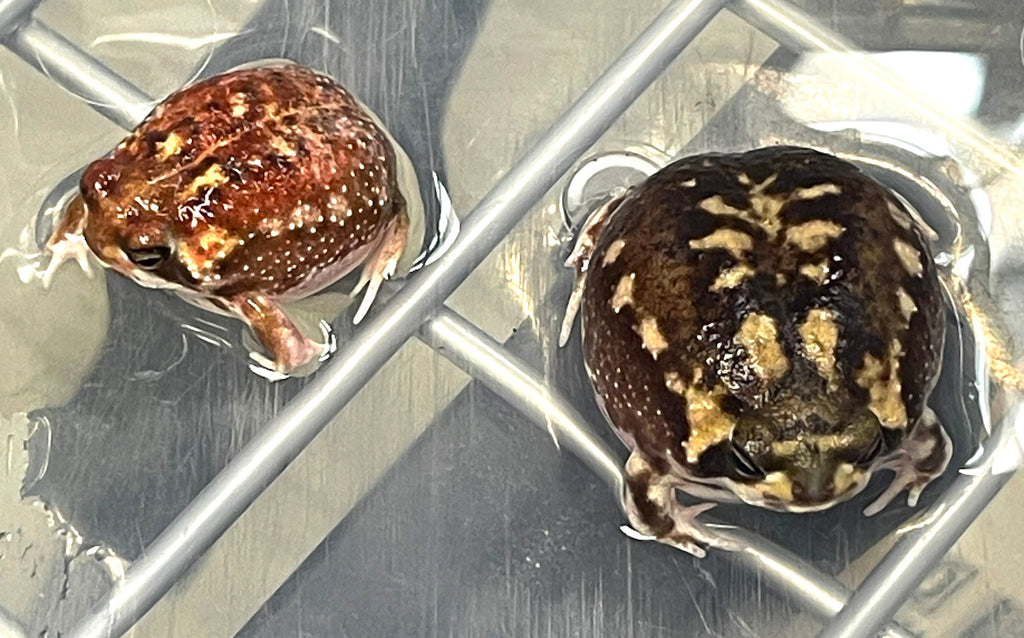Rain Frog for Sale: Elevate Your Collection with Rare and Exotic Amphibians!
Rain Frog for Sale: Elevate Your Collection with Rare and Exotic Amphibians!
Blog Article
The Most Effective Reptile Enclosures: How to Develop the Perfect Habitat
Developing the best environment for reptiles is not almost putting them in a storage tank or enclosure; it involves a thoughtful consideration of numerous factors that contribute to their overall wellness. From the size of the enclosure to the sort of substratum used, every component plays a critical duty in giving a setting where your reptile can prosper. By recognizing the specific demands of your reptile types and carrying out the right habitat configuration, you can guarantee their wellness and happiness in captivity.
Selecting the Right Unit Size
When selecting an enclosure size for reptiles, it is vital to consider their all-natural habits and space requirements to guarantee their well-being and wellness. When it comes to environment room, different reptile species have differing demands. Arboreal types like chameleons or tree snakes require upright space for climbing and setting down, while earthbound varieties such as bearded dragons or leopard geckos need even more floor space for exploring and thermoregulation. Aquatic turtles like red-eared sliders require enclosures with both water and acreage for swimming and basking.
A general rule of thumb is to offer sufficient space for the reptile to show all-natural actions, such as basking, concealing, climbing, and foraging. By carefully thinking about the particular requirements of the reptile species in question, owners can produce an appropriate and enriching habitat that advertises overall health and motivates natural habits.
Establishing Up Correct Burner
To make sure the well-being and health of reptiles in their units, it is important to very carefully establish correct home heating components. Reptiles are ectothermic animals, indicating they count on exterior heat resources to control their body temperature level. When establishing home heating elements in a reptile room, it is important to think about the specific temperature requirements of the varieties you are caring for. Different reptiles have differing temperature level requires based on their all-natural environment, so it is very important to research and comprehend these requirements.
One typical and reliable heating aspect for reptile enclosures is a warm lamp or ceramic warmth emitter. These warmth sources can be made use of to create a temperature level slope within the room, allowing reptiles to move in between warmer and cooler locations as required. Additionally, under-tank hot pad or warmth floor coverings can be utilized to give belly heat, which is specifically helpful for reptiles that call for added warmth to aid in digestion.
Monitoring the temperature level within the enclosure utilizing a thermometer is vital to ensure that the home heating elements are keeping the appropriate temperature range for your reptile. Routinely inspect and change the home heating elements as needed to produce a healthy and comfortable setting for your scaly pal.
Choosing Appropriate Illumination Fixtures

Providing the Suitable Substratum
Picking the ideal substrate is necessary for developing a comfy and suitable environment for reptiles in their enclosures. The substratum serves numerous purposes, consisting of giving a structure for all-natural behaviors like tunneling, helping in maintaining appropriate humidity levels, and providing a comfy surface area for the reptile to relax upon - rain frog for sale. When selecting a substratum for your reptile room, it is essential to take into consideration the species-specific needs of your pet dog. Some reptiles, such as desert-dwelling varieties like bearded dragons, thrive on substratums like calcium sand or reptile carpet, while others, like round pythons, favor coconut husk or aspen bed linens to preserve humidity levels.
Furthermore, the dimension of the reptile must additionally influence your selection of substratum, as hatchlings may call for a better product to protect against consumption. Stay clear of substratums that can cause impaction, such as loose substratums like sand or crushed rock, particularly for reptiles known to ingest their bed linens. Regularly cleansing and changing the substratum is vital to make sure a clean and hygienic setting for your reptile. By selecting the excellent substratum, you can contribute to go right here the total health and wellness and wellness of your flaky friend.
Decorating for Enrichment and Convenience
Taking into consideration the substrate's role in giving a structure for all-natural habits and maintaining an appropriate setting, enhancing the reptile unit with correct decorations is important for both enrichment and convenience. Designs such as branches, rocks, hideouts, and artificial plants not just produce an extra visually attractive habitat however also serve functional objectives. Branches supply climbing up possibilities for arboreal varieties, while rocks can serve as basking spots for warmth. Hideouts provide sanctuary and security, lowering stress and anxiety levels for the reptile. Artificial plants not only boost the visual appeals but additionally give hiding spots and enrichment by enabling the reptile to explore and interact with its atmosphere. When enhancing the unit, it is crucial to consider the reptile's species-specific needs and habits to develop a room that promotes physical and psychological well-being. By incorporating a range of designs that mimic the reptile's all-natural habitat, owners can ensure their pet dog's comfort and boost their all-natural impulses, eventually leading to a better and healthier reptile.
Verdict

Producing the perfect environment for reptiles is not simply concerning placing them in a storage tank or enclosure; it includes a thoughtful factor to consider of numerous factors that add to their general well-being.Choosing the proper substrate is vital for developing a comfortable and suitable setting for reptiles in their enclosures. Some reptiles, such as desert-dwelling varieties like bearded dragons, thrive on substrates like calcium sand or reptile carpet, while others, like ball pythons, favor coconut husk or aspen bed linen to keep humidity degrees.
By integrating a selection of decors that resemble the reptile's all-natural habitat, owners can ensure their pet dog's convenience and stimulate their natural read this post here instincts, eventually leading to a better and much healthier reptile.
In final thought, creating the ideal environment for reptiles involves selecting the proper enclosure dimension, heating aspects, lighting fixtures, substratum, and designs.
Report this page